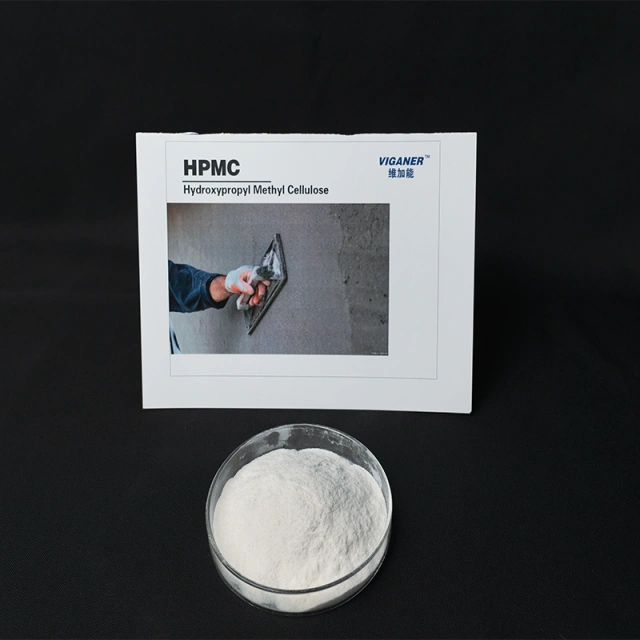Best Practices for Handling and Storing HEMC Products
Table of contents:
Optimal Storage Conditions to Maintain HEMC Quality
Safety Guidelines for Handling HEMC Powders
Preventing Contamination During Transportation
Shelf Life Considerations and Inventory Management
Optimal Storage Conditions to Maintain HEMC Quality
HEMC products require careful storage conditions to retain their superior qualities and ensure their usability over time. Always store HEMC in a cool, dry place away from direct sunlight, heat, and moisture, as exposure to these elements can degrade the product's performance. It is recommended to keep HEMC in sealed packaging to prevent humidity absorption, which may cause clumping or inconsistency in the material during use. Temperature control is equally essential; maintaining a stable temperature within the manufacturer's specified range minimizes the risk of chemical changes that could compromise the HEMC's effectiveness. Proper labeling of storage containers is strongly advised to ensure clear identification of product type, manufacturing date, and batch details.
Safety Guidelines for Handling HEMC Powders
Handling HEMC powders safely is critical for protecting both the product and the personnel involved. Always use appropriate personal protective equipment (PPE), including gloves, safety goggles, and face masks, to minimize direct contact with the powder and avoid inhaling fine particles. When transferring HEMC components from one container to another, use clean tools and containers to avoid introducing contaminants. Work in a well-ventilated area or under a suitable exhaust system to disperse airborne particles effectively. Additionally, implement clear protocols for handling spills or leaks to maintain workplace safety and prevent contamination of the product.
Preventing Contamination During Transportation
Proper transportation practices are vital to ensure that HEMC maintains its integrity during delivery. HEMC products should be transported in their original, sealed packaging to minimize the risk of contamination. Use clean, dry, and secure vehicles or containers that follow hygiene guidelines to avoid exposure to dust, liquids, or other unwanted substances. Arrange the packages systematically to prevent movement or damage during transit, as physical impacts could compromise HEMC's uniformity. For bulk shipments, verify that any contact surfaces are free of residues from previous loads to avoid cross-contamination. Monitoring transportation conditions, such as humidity and temperature, further ensures that customized HEMC solutions reach their destination in optimal condition.
Shelf Life Considerations and Inventory Management
Understanding the shelf life of HEMC products is a key factor in maintaining their efficiency. Store HEMC according to the manufacturer’s recommendations, which typically provide a shelf life of two years under ideal storage conditions. Beyond the recommended shelf life, quality tests should be conducted to confirm the product’s performance before use. Effective inventory management plays a crucial role in minimizing waste and ensuring a steady supply of high-quality HEMC. Implement a "first in, first out" (FIFO) system to ensure older stock is used before newer batches, reducing the risk of inventory expiration. Regularly auditing stock levels helps prevent over-ordering and supports consistent project timelines by ensuring materials are readily available when needed.
In conclusion, proper handling, storage, and utilization of HEMC are essential for optimizing product performance and maintaining overall project efficiency. By adhering to effective management practices such as conducting thorough testing, implementing a FIFO system, and regularly auditing inventory levels, organizations can minimize waste, reduce costs, and ensure consistent, high-quality results. Prioritizing these strategies not only supports operational excellence but also fosters sustainable and reliable workflows.


Comments
Post a Comment